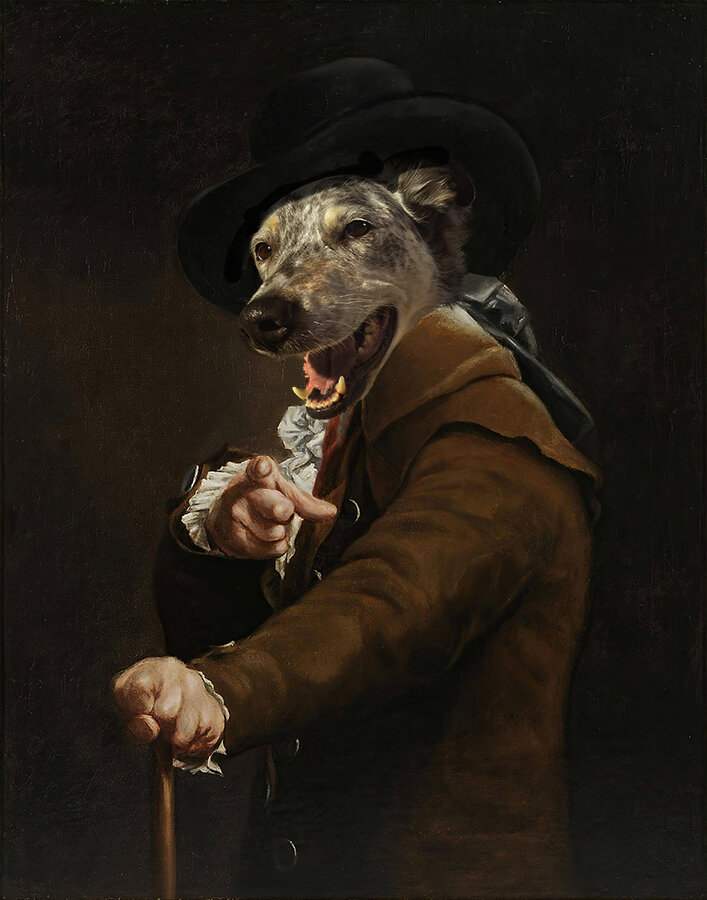Stuart Semple is at it again. He’s currently raising funds to manufacture a new version of his black paint. I would be extremely wary of going in on this as a backer (even though it is already well funded). While black 2.0 is indeed quite black and impressively matte it does not compare, at all, to singularity black or vanta black. For the price that Semple is listing Black 3.0 I am dubious that it will compare either. Carbon Nano tubes (which both of the superior paints use) are expensive.
In his kickstarter he has continued his habit of speaking in superlatives and being rather disingenuous. A prime example would be his demo photograph comparing different black paints. Sure it’s an unedited photo but the lighting is highly uneven across the paper making his paints appear darker in comparison to the other paints. Another issue is unless you get a hold of the base medium to mix your own pigments with you will not be able to retain Black 2.0/3.0’s degree of matte. So you can really only take full advantage of Semple’s paint if you’re using it straight from the tube, no mixing with other paints.
If you’re interested in working with dark paints with other normal paints and have a lot of money to blow I would pick up the oil based Gravity Black from the makers of Singularity Black. I haven’t gotten my hands on any of it yet (because it is hilariously expensive) but at least they’ve quantified how much darker it is then the other paints. They make it with the same ‘pigment’ as singularity black. However since the carbon nano tube pigments are mixed in with an oil base it will lose some of its darkness to that base. However since it is oil based you can use it as a normal oil paint rather than just as a coating.


























